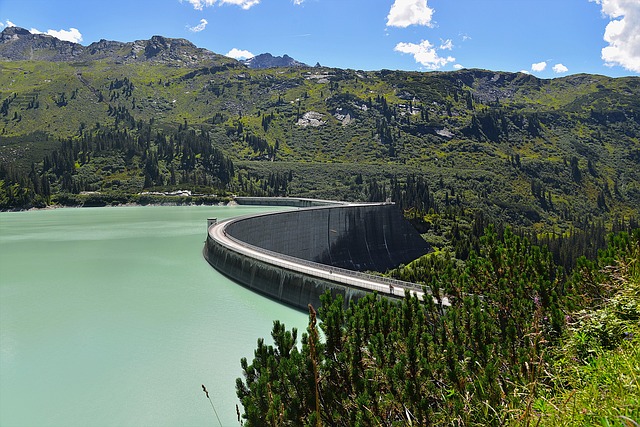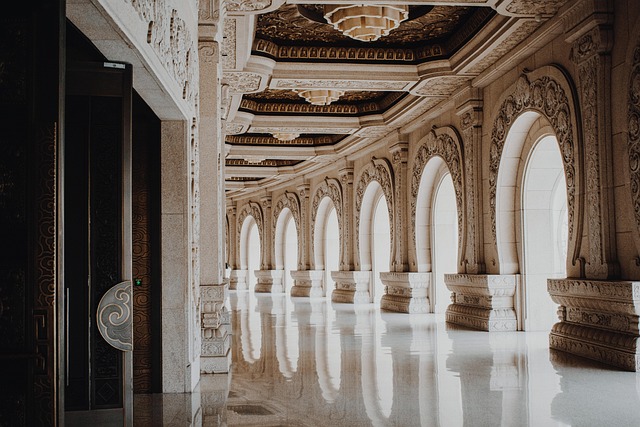In the realm of photography, few techniques are as captivating as panoramic photography. Whether you’re standing at the edge of a breathtaking mountain range, gazing over a sprawling cityscape, or capturing the serene beauty of a beach at sunset, the allure of wide-angle views is undeniable. To master this art form, having the right tools, particularly a quality panorama head, is essential for achieving stunning results.
A panorama head is a specialized tripod head designed to facilitate the seamless capturing of panoramic images. It allows photographers to rotate their cameras around the nodal point of the lens, significantly reducing the chances of parallax errors that can distort images. This is crucial when stitching multiple shots together to create a cohesive panorama. When you engage in panoramic photography, you’re not just taking a series of pictures; you’re creating an immersive visual narrative that draws viewers into the scene.
The journey into panoramic photography begins with understanding the importance of your equipment. Your camera and lens are your greatest allies, but they can only perform their best when paired with a panorama head that maintains precise alignment. Quality optics come into play here, as the sharpness and clarity of your images depend heavily on your lens. Choosing a lens with an optimal focal length for panoramas, such as a wide-angle lens, can enhance your ability to capture expansive landscapes.
As you delve deeper into the world of panoramas, consider experimenting with various settings and techniques. Using a panorama head allows for a level of precision that can turn a mediocre shot into a masterpiece. Set your camera to manual mode to have complete control over exposure settings, and use a low ISO to reduce noise in the final image. Bracketing your shots can also be beneficial, especially in high-contrast scenes where you want to capture the full dynamic range.
Your choice of a panorama head should reflect your specific needs as a photographer. For instance, if you’re frequently on the move, a lightweight and portable option will be necessary. Conversely, if stability is your priority, a sturdier model may serve you better in windy conditions. Many photographers often overlook the significance of a good panorama head, but investing in one can elevate your panoramic photography to new heights.
Finally, post-processing is where the magic often happens. Even the most skilled photographers may need to fine-tune their images after stitching them together. Software like Adobe Lightroom or Photoshop can assist in refining your panoramic shots, enabling you to adjust colors, contrast, and other essential elements to truly bring your vision to life. Remember, the goal of panoramic photography is not merely to capture an image but to convey a sense of place and experience to your audience.
With a solid understanding of how to utilize your camera, lens, and panorama head effectively, you open up a world of possibilities for storytelling through photography. The next time you’re on a scenic adventure, remember the value of these tools and techniques, and you’ll be well on your way to mastering panoramic photography.




